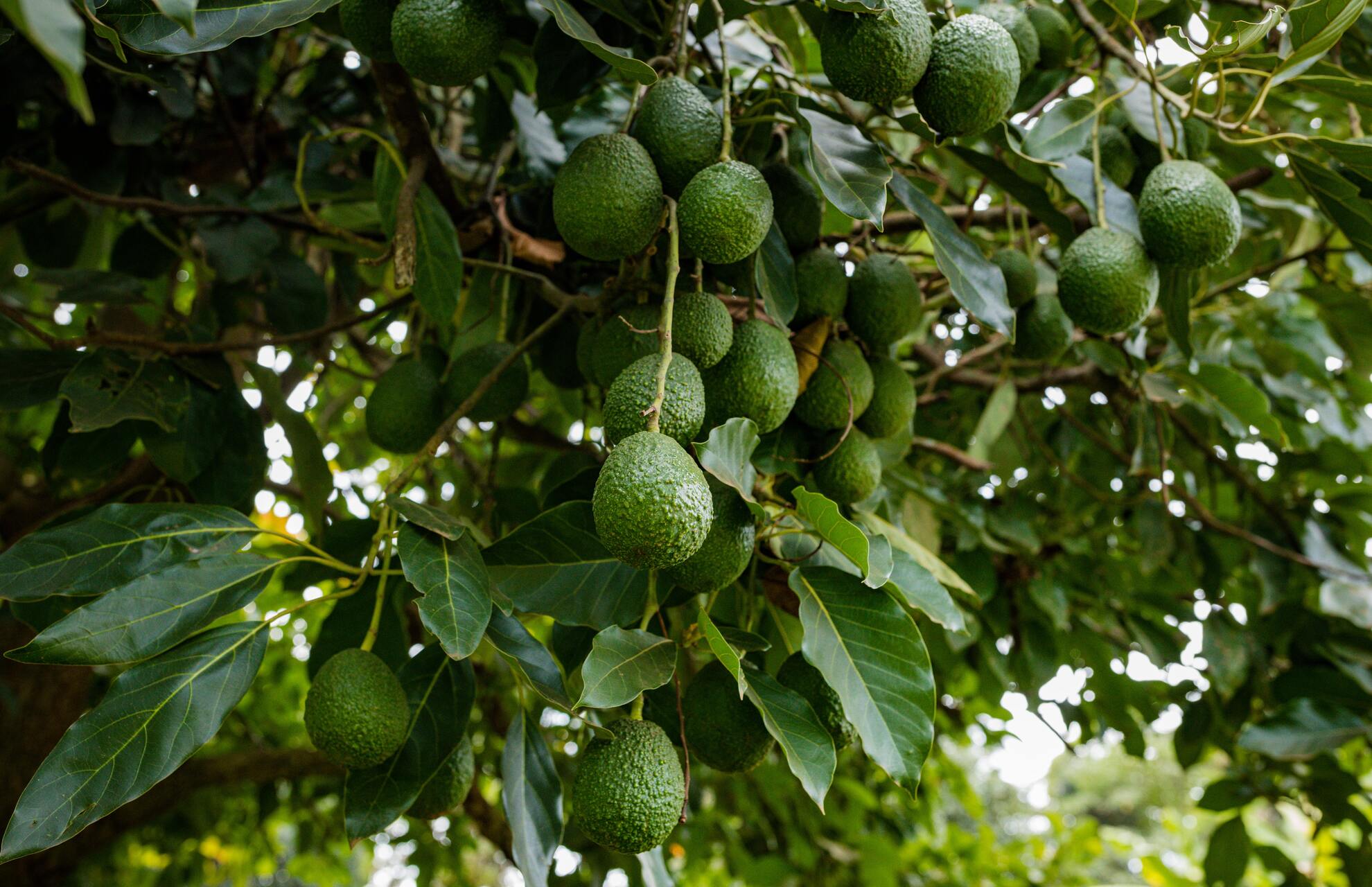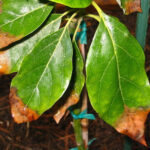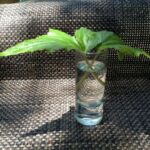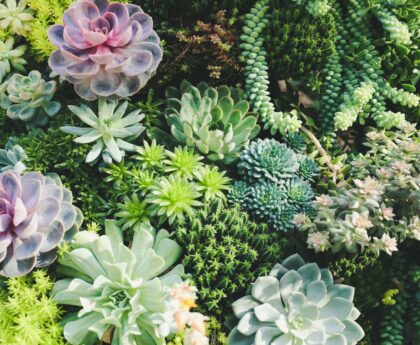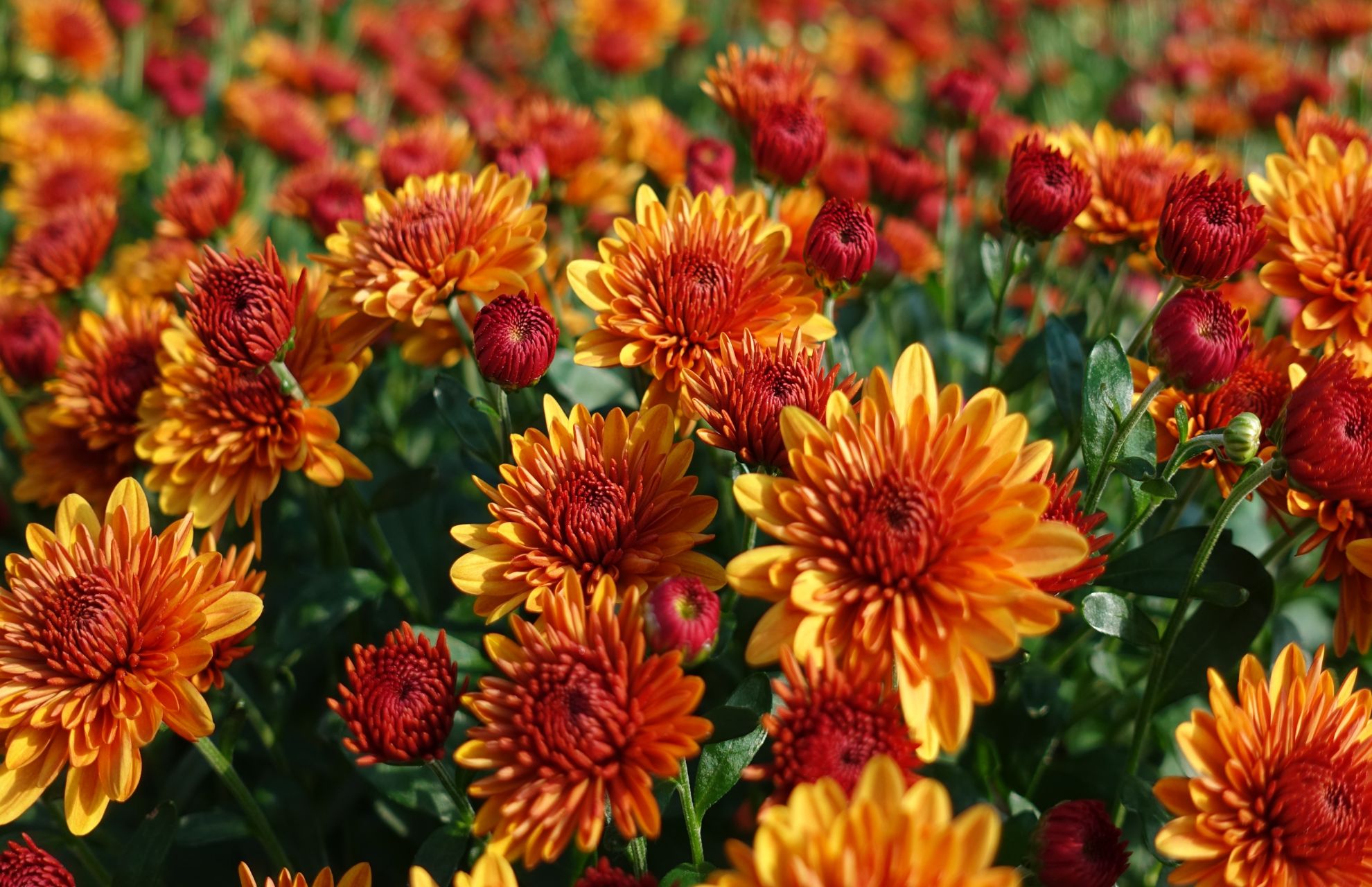The creamy fruits of avocado trees, which have numerous health advantages, are their most well-known feature. The tree’s lush, vivid green foliage is also grown for its aesthetic value. Being relatively hassle-free and low-maintenance is one of these strong trees’ best qualities. Even if you lack a green thumb, you can still succeed. You can learn how to take care of an avocado tree by reading this article.
How To Grow An Avocado Tree From Seed
The avocado seed, which is the pit in the middle of the fruit, can sprout in a number of different ways, according to Shipman. “To root it, just submerge it in a cup of water. Or, try putting it in a sealable plastic bag after wrapping it in a damp paper towel,” the expert advises.
Starting with the fruit’s pit will help you grow an avocado tree from a seed. To avoid damaging the seed, Shipman advises against using a knife. Next, take out any remaining fruit and gently wash the pit in warm water. “She advises thorough cleaning because any remaining flesh could spoil.
The seed should then be completely wrapped in a damp paper towel that is moist but not dripping and put in a plastic food storage bag, but do not completely seal it to allow for airflow.
Place the bag in a warm, dark area that is about 70 degrees. “To prevent seed rot and to monitor the rooting process, check the seed every four to five days, according to Shipman.
The roots will start to show from the middle of the seed in six to twelve weeks, but be careful not to touch or damage them as they are very delicate. Planting can begin once the roots have grown to a length of about three inches.
Dig a small hole, plant the seed just below the soil surface, leaving about a half-inch of the seed’s top above the soil line, and then fill the growing container no larger than a gallon with a well-draining potting mix. Put it in a warm, sunny location after liberally watering.
Read: Why Are My Avocado Leaves Turning Brown and How To Deal with It
How To Care For An Avocado Tree
Light
The avocado tree benefits greatly from a lot of sunlight like most tropical plants do. Place this tree where it can get at least 8 hours of direct sunlight every day. While these trees can tolerate some shade, full sun is best for their growth and fruit production.
Soil
Rich, loamy, and free-draining soil is preferred by avocado trees. Because soggy soil can cause root rot, it’s crucial that the soil is aerated and does not retain too much water. Ideal soil pH ranges from 5 to 7, which ranges from acidic to neutral. Alkaline soil can cause these trees to suffer.
By adding a layer of mulch all around the tree, you can protect its shallow root system and help the soil retain the right amount of moisture. To prevent suffocating the roots or causing collar rot, make sure the mulch is kept at least 6 inches away from the trunk’s base.
Water
Avocado trees benefit from infrequent, deep watering. This promotes the development of stronger, deeper roots. When the soil starts to dry out, water deeply. The avocado tree will need more frequent watering during the hot, possibly dry summer months.
Additionally, as the tree grows older, it needs to be watered more frequently. A mature tree needs about 2 inches of water per week.
Temperature And Humidity

Unless you choose to grow an avocado tree indoors, these well-known fruit trees can only be grown outside in USDA hardiness zones 9–11, restricting them to tropical and subtropical climates. They prefer growing at temperatures between 50 and 85 degrees Fahrenheit and are frost-sensitive.
Fertilizer
Healthy growth and fruit production are encouraged by fertilizing an avocado tree during the growing season. Depending on the specific instructions included with your chosen fertilizer, start in the late winter or early spring and continue feeding until the fall.
The fertilizer you choose should have a high nitrogen content because nitrogen is crucial for this tree. The best fertilizers to use are those made specifically for citrus or avocado trees.
Pollination
It can be a little challenging to pollinate an avocado tree. As a result of each flower having both female and male parts, these trees are known for their “perfect” flowers.
Self-pollination is possible but not always successful because avocado tree flowers open their male and female parts at different times. It is ideal to have two avocado trees for the best pollination.
Avocado trees are classified as either type A or type B. The male parts of Type A trees open in the afternoon of the second day and the female parts open in the morning of the first day. The male parts of Type B trees open in the morning of the second day while the female parts open in the afternoon of the first day.
Cross-pollination between the two kinds is made possible by these various times. For the best results, plant both type A and type B trees when selecting which ones to plant.
Prune
Over-pruning avocado trees are not recommended, especially when they are bearing fruit. However, dead branches can always be cut down. To control the size and shape of your avocado tree, prune it with a Fiskars pruner. Try a Fiskars extendable pruner for taller avocado trees.
Common Pests And Plant Diseases
Aside from mites, caterpillars, borers, lace bugs, and thrips, common pests that may trouble an avocado tree include mites and caterpillars. Cankers, fruit rot, sun blotch, root rot, and fruit rot are examples of diseases.
Be watchful for these pests or any potential early disease symptoms. The best way to address any emerging issues before they endanger the health of your avocado tree is to take quick action.
Harvest
Now is the time to enjoy the benefits of growing your own superfood! The best time to enjoy fruit from your own garden is during the harvest season.
Hass avocados can be harvested as late as September, but they can be ready as early as February. Cold Hardy Avocados, on the other hand, typically ripen between November and March.
Condo avocados are last but certainly not least; they are picked from July to September. The bearing pattern of the tree, their fertilization, and the local weather all play a role in this.
Avocados must be manually harvested. The fruit won’t fall off the tree or ripen if you don’t pick it. However, your avocado trees can be used as a sort of fruit storage facility for up to eight months.
Just be careful not to leave them on for too long. The richer the flavor, the longer the fruit remains on the tree.
Read: Can You Eat An Avocado With Black Spots?
Final Words
Although avocado trees take a while to bear fruit, growing them for ornamental value is simple—as long as you stay within their natural growing zones. Growing avocado trees that produce fruit is not difficult, but it does take some time and the right environment. Most trees don’t start producing fruit until they are three to four years old.

